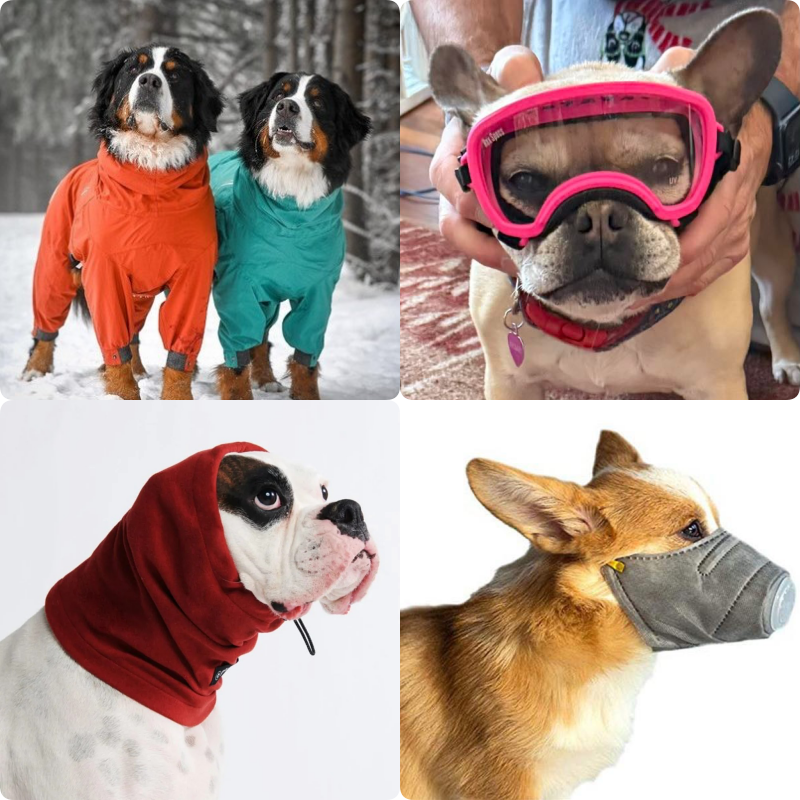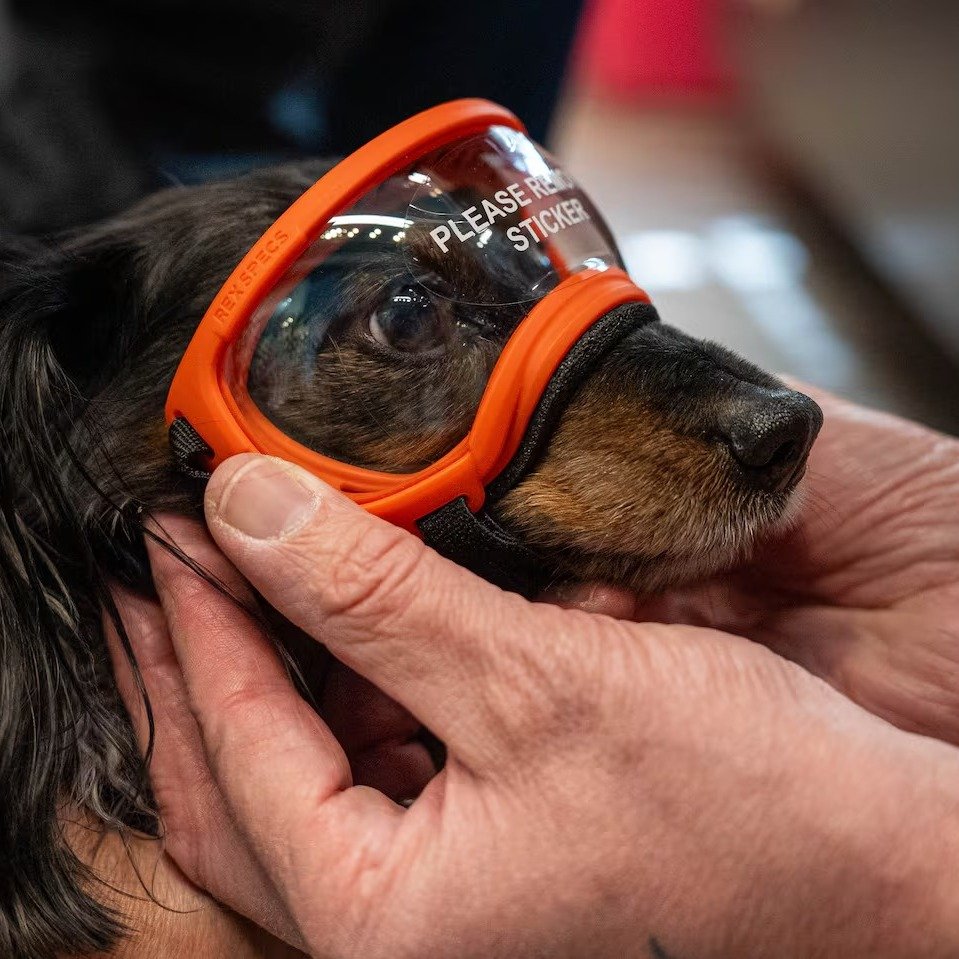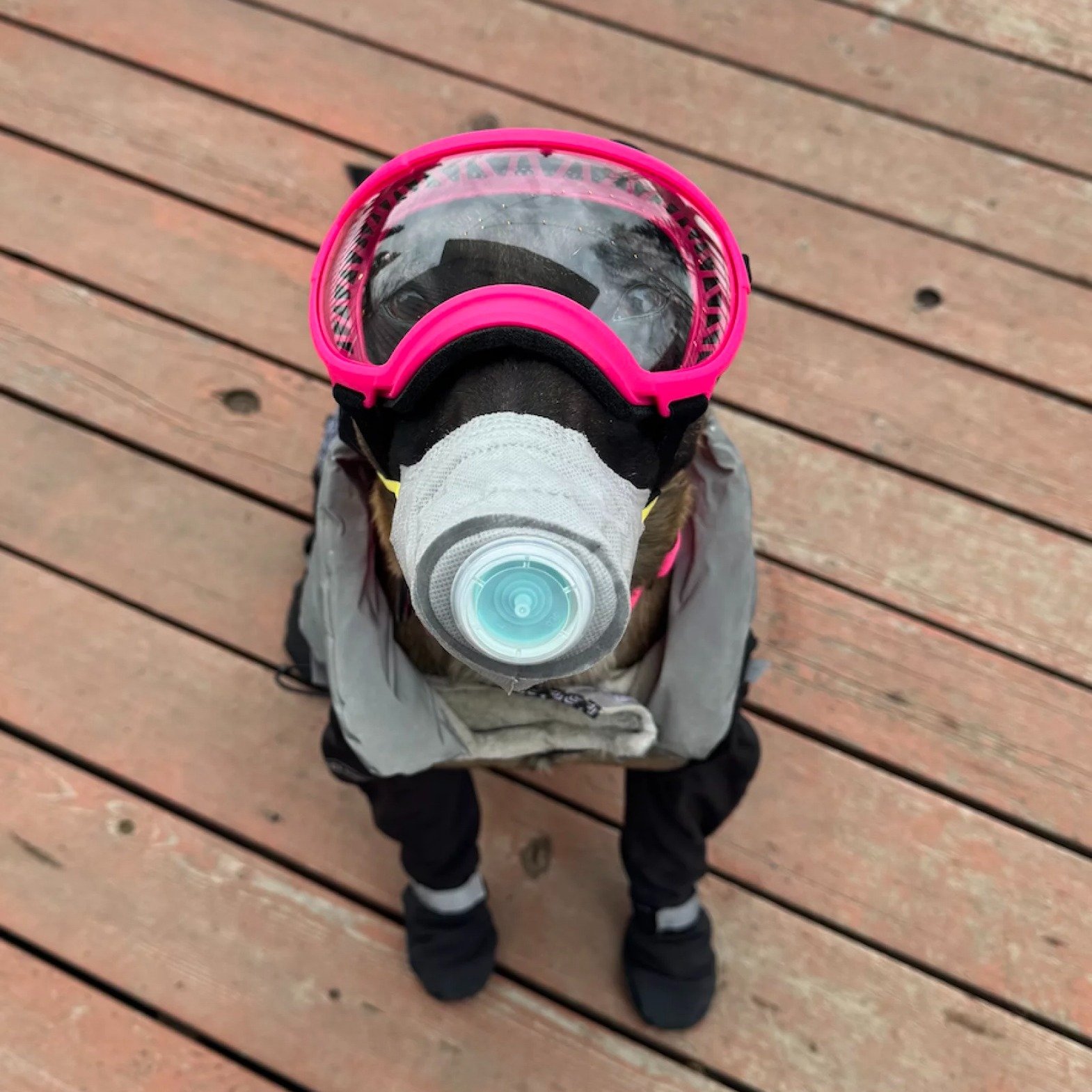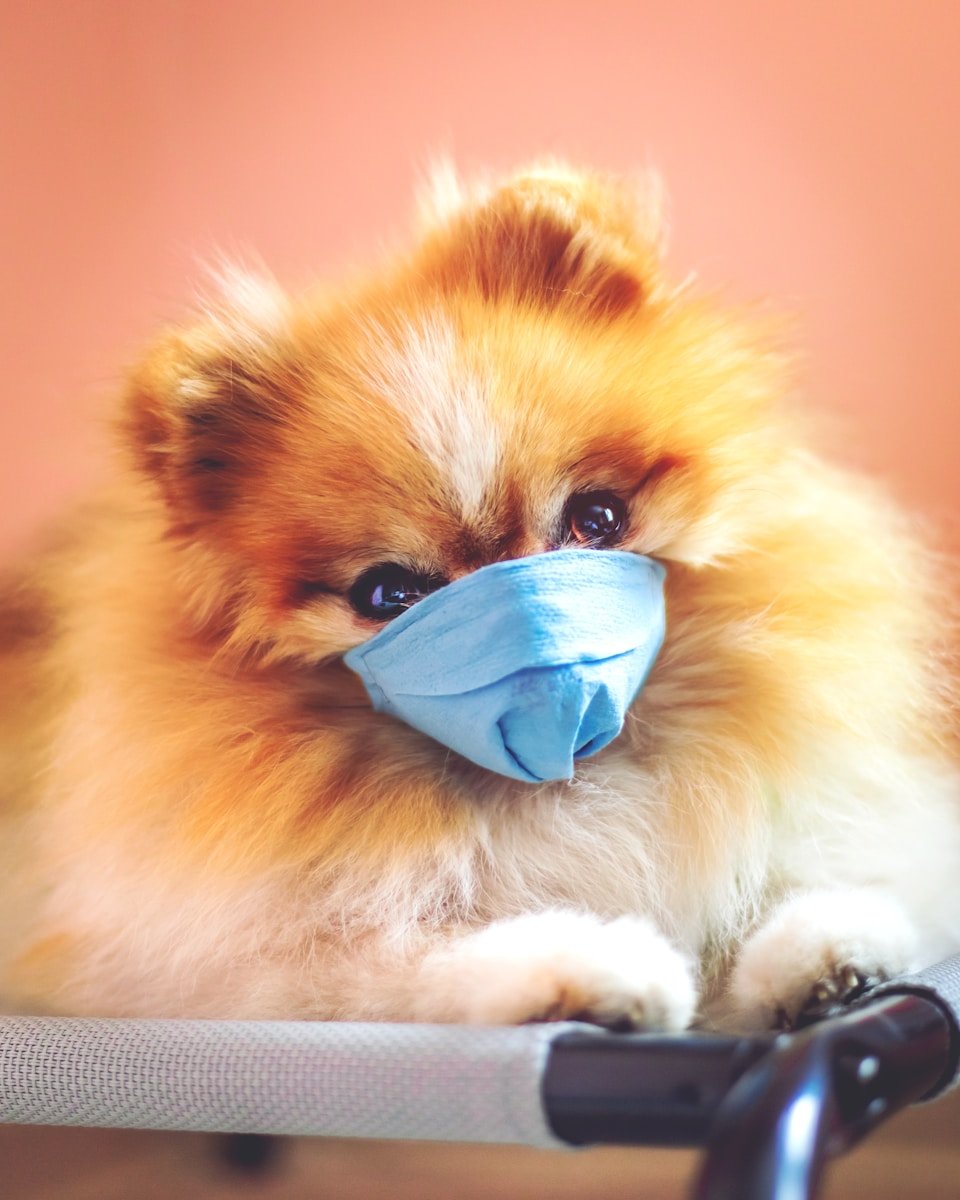As seismic activity increases at Mount Spurr, a volcano located about 80 miles west of Anchorage, Alaskan residents are being urged to prepare—not only for their own safety, but for the wellbeing of their four-legged family members.
Experts from the Alaska Volcano Observatory say the mountain could erupt in the coming weeks or months, and local animal organizations are stepping up to help residents plan ahead for their pets.
Volcanic Threats Reach Beyond the Blast

While Mount Spurr is not expected to cause a lava flow that would reach Anchorage, volcanic ash poses a serious risk. Winds could carry ash across wide areas, causing air quality issues, respiratory irritation, and travel disruptions—especially for vulnerable populations, including pets.
As people are preparing their homes and families for the eruption, they are also taking into consideration their furry family members. Goggles and respirators are being sold to pet owners to protect their dogs from the volcanic ash that is being predicted to fall on Anchorage.
Special Attention for Sensitive Pets

Anchorage Animal Care and Control (ACC) officials stressed the importance of preparing now—especially for pets with preexisting respiratory, eye, or skin conditions. Animals with issues like asthma, allergies, or chronic bronchitis are particularly vulnerable.
Owners are encouraged to talk to their veterinarians in advance about protective strategies, which may include stocking up on any necessary medications, using pet-safe goggles or booties to shield against ash exposure and creating a safe indoor space with filtered air where pets can avoid outdoor contamination.
A pet store owner in Anchorage, Mark Robokoff, was stocked with dog goggles, generally used for adventure dogs, however he told The New York Post he sold out immediately after the Mount Spurr announcement.
“One of the advantages of being a small, locally owned business is that we can more quickly flex and pivot depending on local circumstances,” Robokoff said. “And Alaska has a lot of weird circumstances.”
Pet Emergency Kits: What to Include
Alongside standard emergency kits for people, pet emergency kits should also be packed and ready. ACC recommends including a two-week supply of food and water, bowls and extra leashes or harnesses, copies of medical records and identification, waste disposal bags and bedding, a carrier or crate in case of evacuation.
If evacuation becomes necessary, having these supplies on hand can reduce stress for both pets and their humans.
“We’re preparing for, essentially, an inconvenience,” Robokoff said. “The volcanic ash wreaks havoc with anything mechanical, anything with moving parts.”
A Growing Part of Disaster Preparedness

As natural disasters become more frequent and unpredictable, the need to include pets in preparedness planning has become increasingly recognized. In fact, federal agencies like FEMA and the CDC now provide guidelines specifically for animal safety during disasters. Not having a plan four your pet can put not only you and your pet in danger, but any sort of rescue efforts in danger as well.
Alaskans have a history of resilience, and local organizations hope this preparation will extend to every member of the family—fur, feathers, and scales included.
What’s Next?
Scientists continue to monitor Mount Spurr closely. While there is no immediate danger, the increased seismic activity is a reminder to stay alert and prepared. For pet owners in the Anchorage area, that means checking supplies, talking to vets, and following updates from both the Alaska Volcano Observatory and local animal care organizations.
When it comes to protecting your pets from volcanic hazards, a little preparation goes a long way. Because during uncertain times, our animals aren’t just pets—they’re part of the family.






